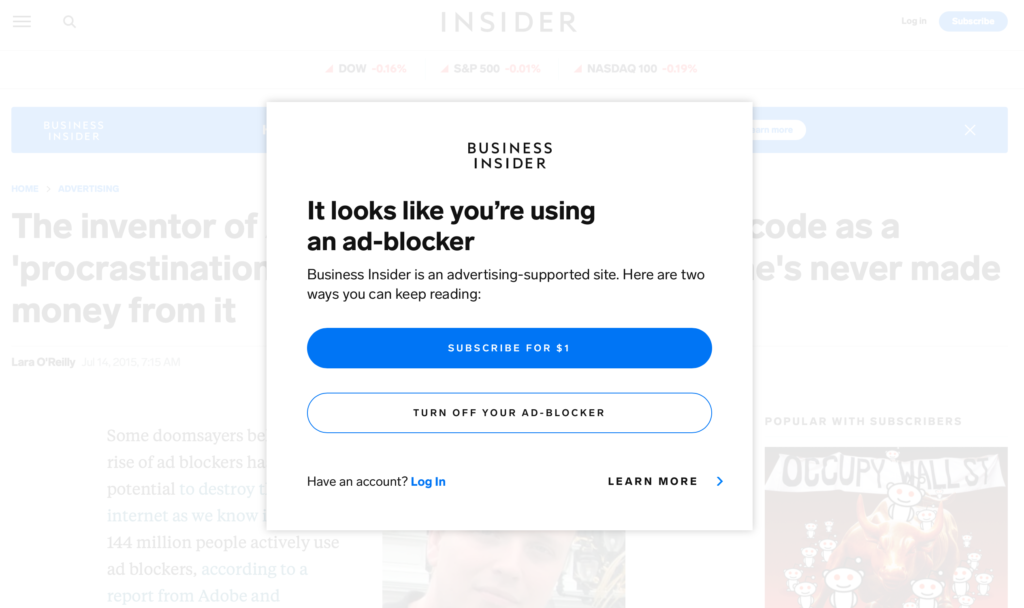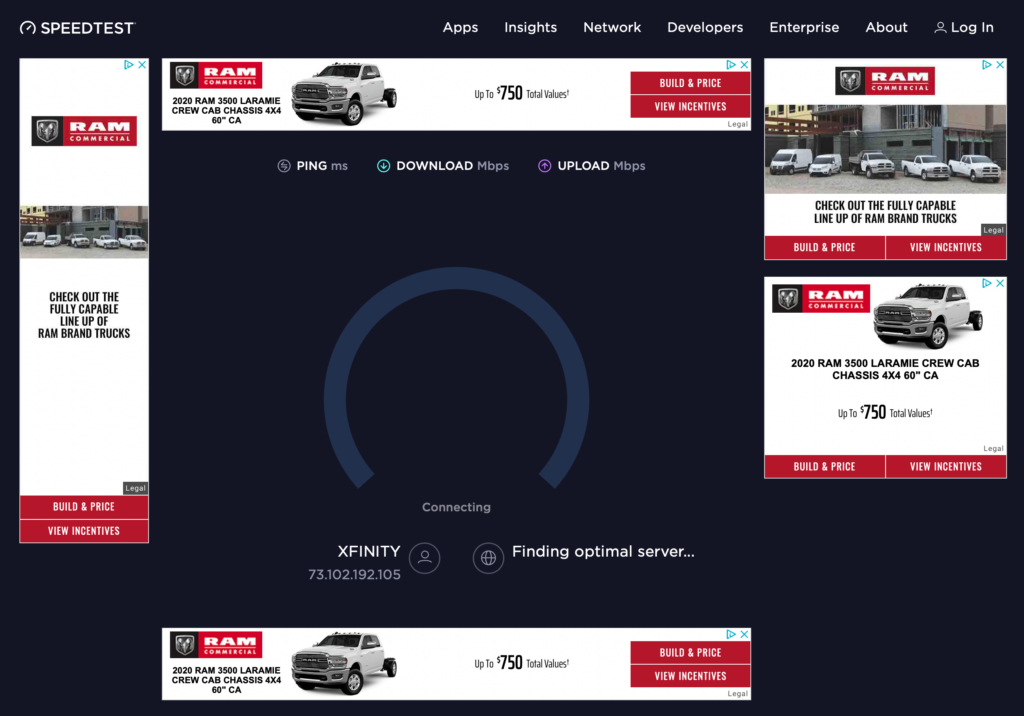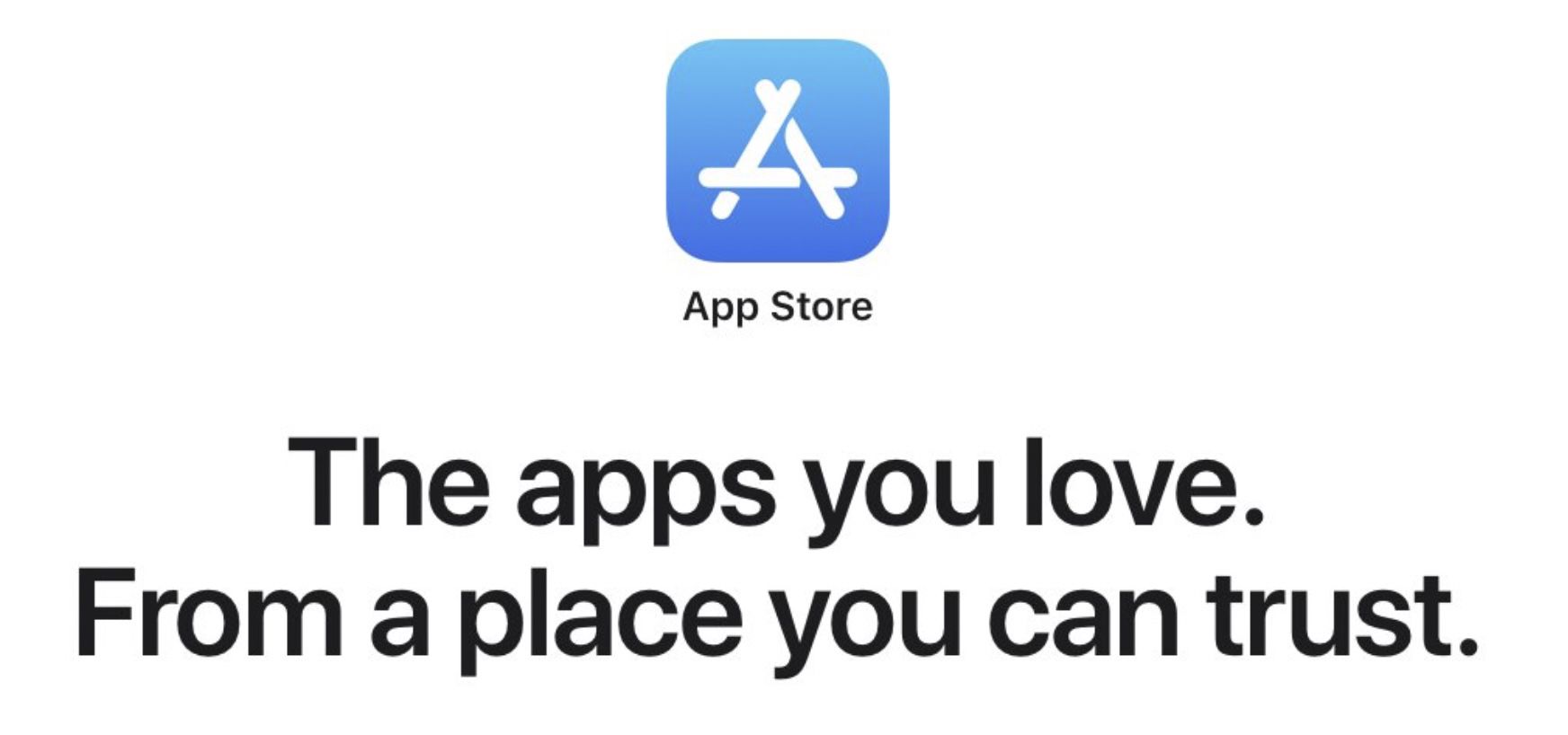A Which? investigation found 10 sites offering fake Amazon Marketplace reviews from as little as £5 each.
An Amazon spokesman said: “We remove fake reviews and take action against anyone involved in abuse.”
Source: Fake Amazon reviews ‘being sold in bulk’ online – BBC News
As I was saying, some consumer-protection outfit in our government should literally shut Amazon’s “review” system down. It’s a complete fiasco. And the mere idea that Amazon is doing anything significant to combat the problem is a slap in the face, on top of the spit in the eye. You don’t even have to read an exposé to understand this. Ten minutes of reading reviews, and you can feel it in your bones.
I still use Amazon, for name-brand purchases of things that I would tend to put off buying for a couple weeks, until the next time I went to a store. With Prime, if you’re buying something well-established, and clearly delineated, it can be a nice convenience. But for anything requiring a decision, I avoid it.
If you’re going to put any faith in any reviews on the site, you have to filter by the 1-star ratings, and read them carefully. Unfortunately, competitors are also buying negative reviews of the competition’s products, so you can’t really trust them either. Trying to sort out the truth of online reviews is much more work than simply going to a store, and selecting an option on the shelf.
As I’ve also said before, Best Buy, Target, and other big-box retailers are doing the curation for us, and it turns out there’s a lot of value in this. I hope more people wake up to this fact. They’re simply not going to carry obvious junk that loses money for them through high rates of returns. Thus you have a reasonable expectation that anything you buy at retail is going to essentially “do what it says on the tin.” This is why I’ve gone back to doing most of my physical purchases from retailers, and avoiding the whole scammy thing.
Plus, you don’t have to play the game of Chinese roulette in whether or not the thing you finally select on the site is going to come over on a slow boat from the Far East, despite your “free” “2-day” shipping.
On the one hand, I find it difficult to believe that Amazon is the most successful realization of online commerce that our modern computer technologies can produce. On the other hand, you really can’t expect any different outcome, given the profit motives of all involved.
A comment from the Slashdot thread about this article sums it all up nicely:
Yup. And Amazon does not really want to fix the issue. They could if they wanted to, but they just won’t do anything about it, even when you report blatant violations and that’s from personal experience of a fake reviewer ring ganging up on me.
A while ago I bought some of the “top selling” binoculars from Amazon.co.uk because they looked shady and as I am quite familiar with scopes and binos I did some thorough and rather technical reviews. I was a top-500 reviewer at the time and the reviews appeared near the top. The result was that the sellers messaged me to warn me they are “reporting my account as of a malicious rival”, they left comments accusing me of being the owner of “rival store Agena Astro” (that was bizarre – that’s a large and very reputable US astro retailer to which I have no affiliation), and then my reviews started getting dozens of downvotes daily (it was possible then) until my reviews disappeared from the front page. Then, I got a message from someone with screenshots from a facebook group where the seller had users whom they paid and/or gave free products to, asking to downvote all my reviews. The guy told me he was in that group to get free products, but when he saw that message and looked up my profile he just could not do it and contacted me instead. I forwarded all the screenshots to Amazon, even though it should have been obvious that a group of users mass downvoting specific reviews is not something legitimate, and Amazon thanked me and did nothing. From a top-500 reviewer I fell well below top-1000, while the “best seller” garbage binoculars stayed on with glowing clueless or fake reviews visible. My profile did not recover even after the downvote feature was removed, the mass downvotes are permanent.
I have been a Prime member for over a decade and buy most online things from Amazon (not blindly, I do look around), but I miss the days when I could rely on Amazon reviews for purchases, or when the searches either returned good products or no products, not a sea of crap you have to navigate through…
Of course, then you have to wonder if he was telling the truth.









